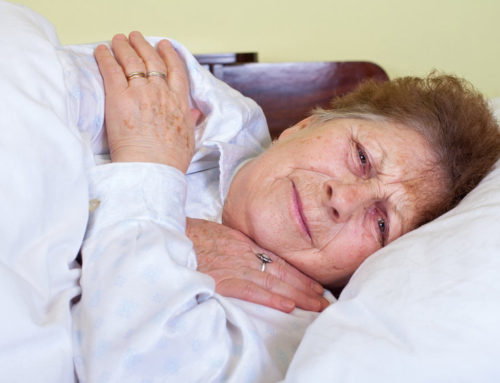Share This Story!
When Does The Last Resort Become A Saving Grace?
Caregivers may want to hold off on transitioning loved ones to an assisted living facility until the very last moment. However, at a certain point, a nursing home can offer the support, reassurance, and care aging parents need for improved health and quality of life. Knowing when to make the switch is essential to creating a seamless and necessary transition.
When aging parents can’t live alone
Individuals that cannot perform daily activities such as eating, bathing, or even using the restroom may require additional assistance to practice important self-care tasks. Aging parents who are affected by physical or mental limitations can cause everyday activities to go by the wayside, which can worsen health issues and quality of life.
When caregivers begin to suffer
Caregivers may feel intense guilt leaving loved ones in the care of a stranger. When caring for an aging parent begins to take a significant toll on a person’s mental or physical health, a professional healthcare worker can step in to provide relief. When the caregiver is feeling bogged down, the level of care at home can suffer, too.
When a professional is needed
Caregivers can only provide so much to an aging parent who needs help. In some cases, professional assistance is necessary for around-the-clock care. Assisted living facilities can provide a safe and welcoming environment full of engaging activities, health care, and socialization geared towards aging individuals.
When caregivers don’t live nearby
For caregivers that are not physically close to a parent, uprooting completely can be out of the question. Jobs and other responsibilities can prevent caregivers from making the big move to care for a parent. Transitioning a parent into a nursing home can provide loved ones with the appropriate care at the right time if a caregiver is not present.
When aging parents begin to feel isolated
In some cases, a nursing home can be a good option for aging parents that need more socialization. Assisted living facilities can provide a connection with other residents in the facility. Aging parents can build friendships with residents who are going through the same experience. Preventing isolation can do wonders for one’s mental health.
When at-home care is not enough
At-home care can be a stepping-stone toward moving into a nursing home and provides loved ones with a comfortable and familiar environment. But, sometimes, home care is not enough. A nursing home doesn’t have to feel like a failure. A nursing home can make all of the difference for a loved one.
Making the hard decision
Discussing nursing home options with a parent can be a difficult but necessary step in improving health issues and quality of life. While the big move can be a difficult transition period, a good nursing home can create a relatively painless transition and ultimately ensure a better quality of life.





